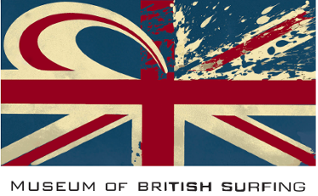British Surfing History
The earliest recorded surfing in Britain so far is 1890, but we have had contact with surfing as far back as at least 1769.
We have a rich and fascinating surfing history which can be enjoyed by visiting the Museum of British Surfing – our surf heritage and culture exhibitions change every year, and do get in touch if you’d like to help us carry out new research.
In addition to this we now hold the archive and maintain the website for The First Wave – a Heritage Lottery funded surfing oral history project telling the story of British surfing by those who were there.
-
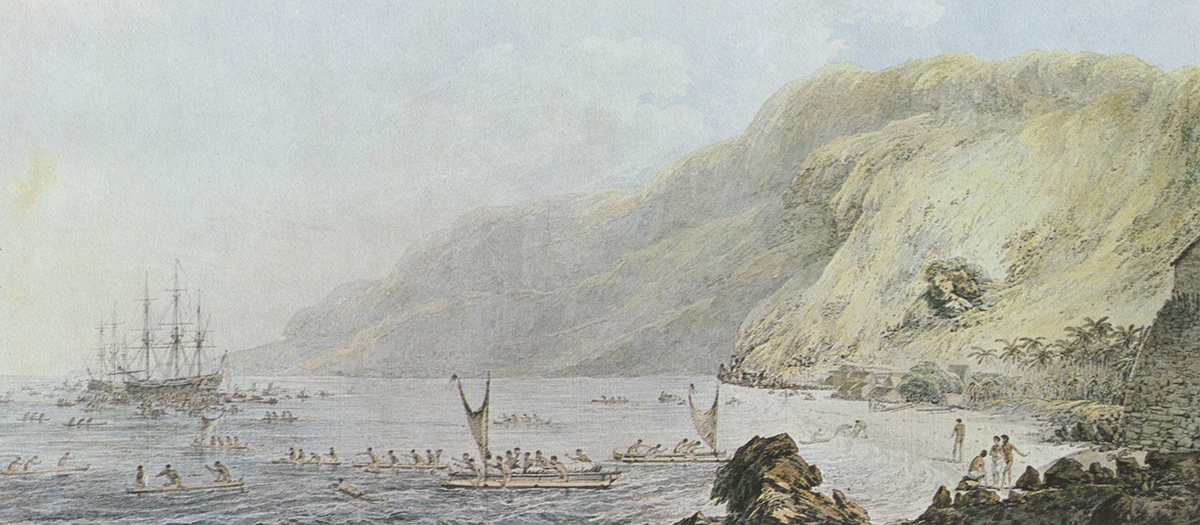
Captain James Cook discovers surfing in Hawaii
In 1779 members of Captain Cook's crew jump overboard into the warm, blue Hawaiian waters and join the locals on their surfboards - the earliest account so far of westerners having a go at this ancient pastime.
-
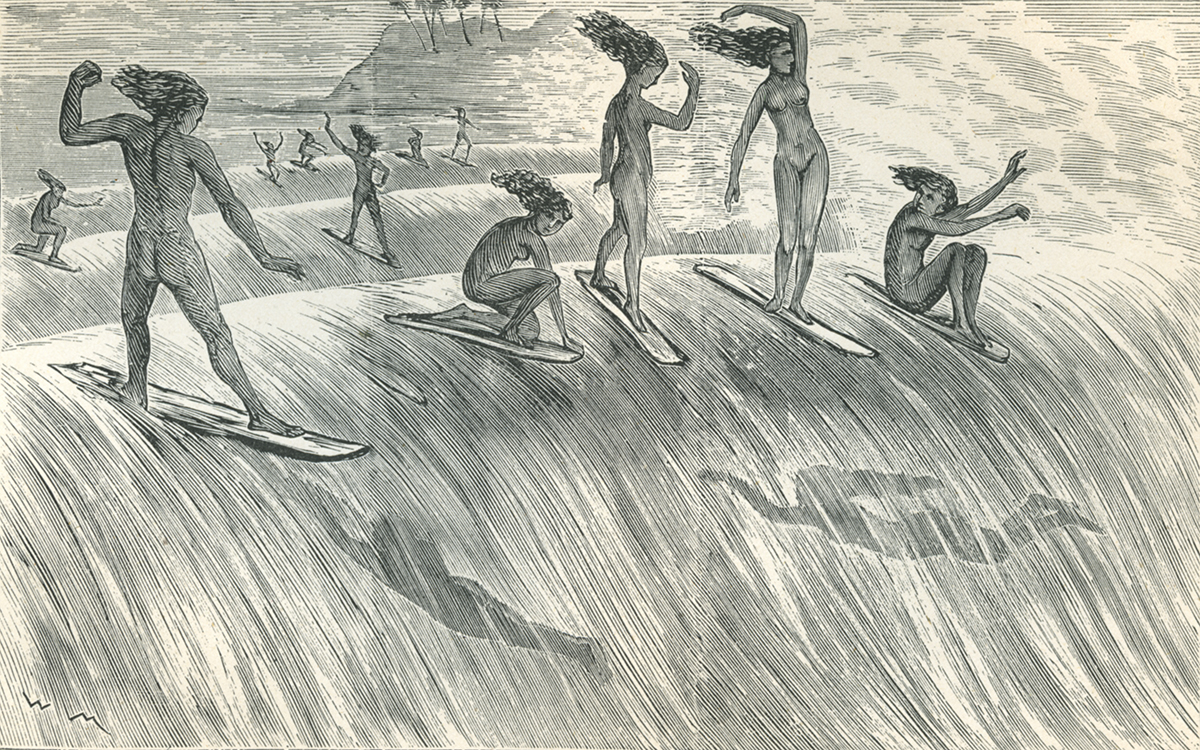
Captain James Edward Alexander discovers surfing in West Africa
In 1835 Captain James Edward Alexander left England and discovered surfing in West Africa. It had apparently developed independently, without influence from distant Polynesia, "They waited for a surf and then came rolling in like a cloud on top of if," he told the readers of his diaries.
-
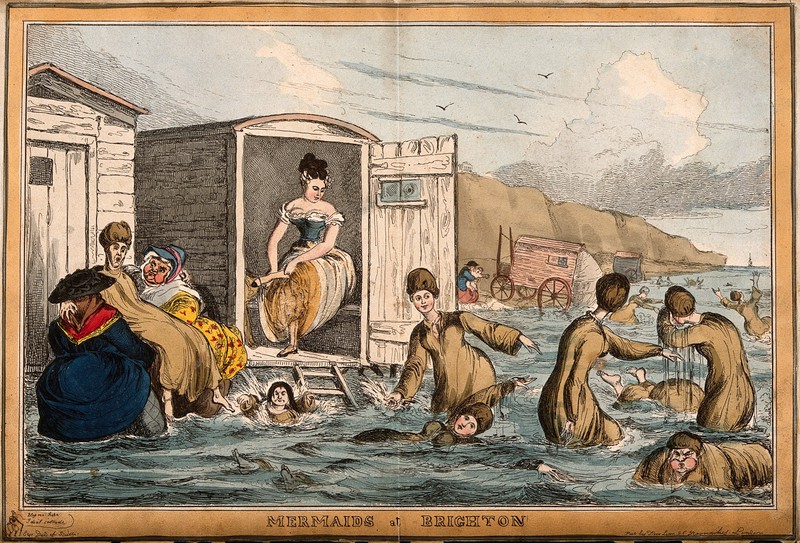
Swimmers used wood and leather mitts to help them swim and bodysurf in Brighton
Some researchers believe surfing in Britain may have begun on the affluent south coast, because of its links with London and the fashion for sea bathing in the 1800s. Certainly in the middle of the 19th century swimmers were using wood and leather mitts strapped to one hand to help them swim and bodysurf waves in Brighton.
-
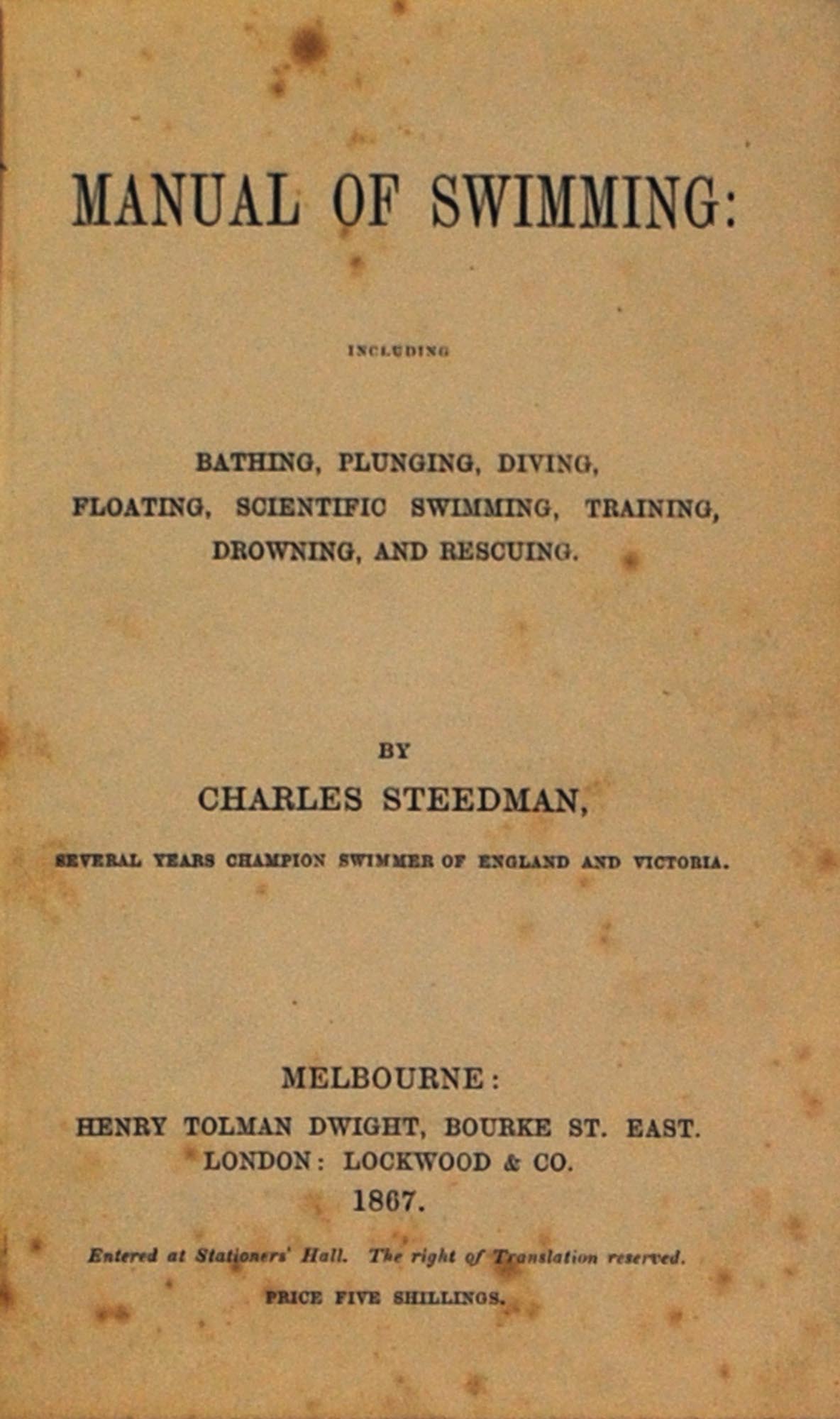
Charles Steedman published his ‘Manual of British Swimming’
English swimming champion Charles Steedman published his 'Manual of Swimming' in 1867, at the end of which he said; "A small deal board, about five feet long, one foot broad, and an inch thick, termed a 'surf board', is of considerable help to a swimmer who is crossing water on which the foam is deep - for by its aid he can raise his head to breathe above the surface of the foam.”
-
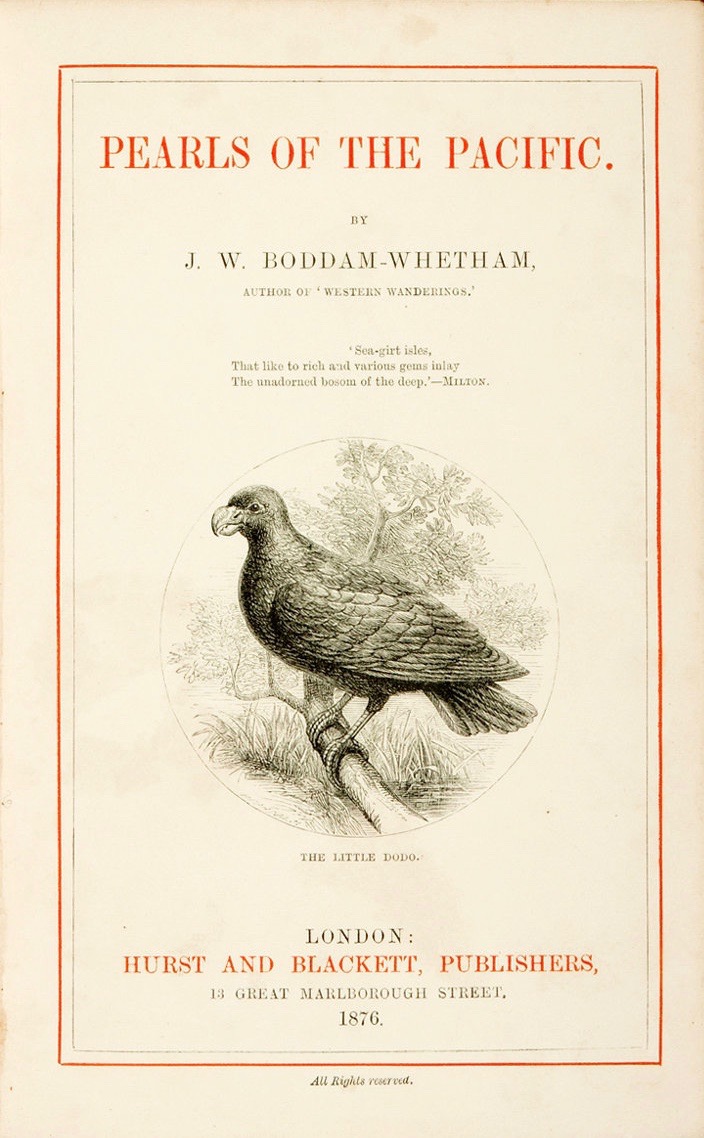
JW Boddam-Whethan visits Hawaii
In 1876 the travel writer J W Boddam-Whetham visits Hawaii and writes: “I do not see why this attractive sport should not be introduced in England in suitable localities - Brighton, for instance.”
-
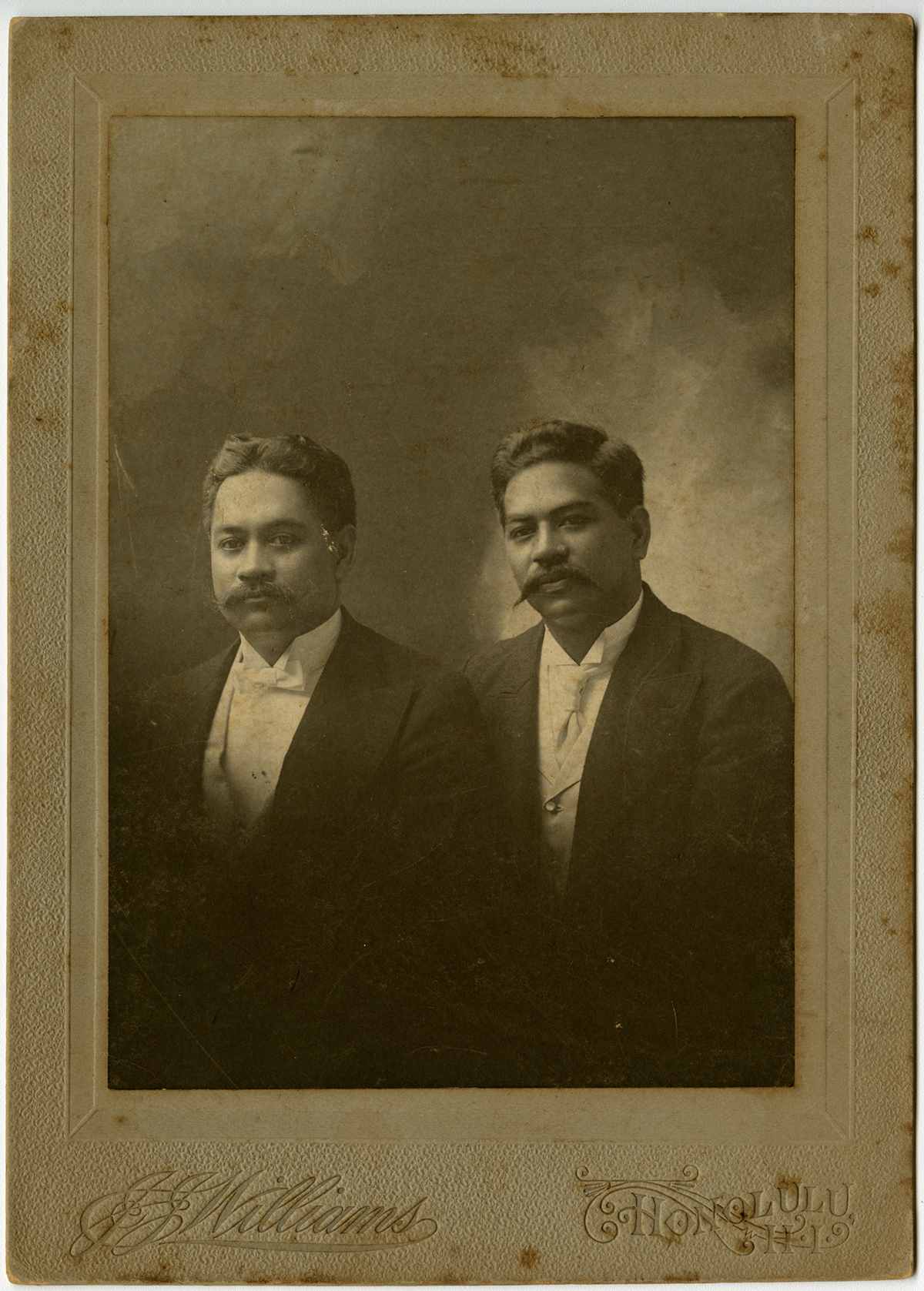
Two Hawaiian Princes and their English tutor surf Bridlington
In 1890 two Hawaiian Princes and their English tutor went surfing on the north east coast of England at the resort of Bridlington. At the time of writing, the earliest confirmed wave riding in Britain. A letter discovered deep in the archives of the Bishop Museum in Honolulu describes how two Hawaiian princes – and their English guardian – went surfing in Britain in September 1890. But this earliest record of UK surfing didn’t happen in sport's meccas of Newquay or Croyde, it took place in the east Yorkshire resort of Bridlington – in the chilly, murky North Sea.
-
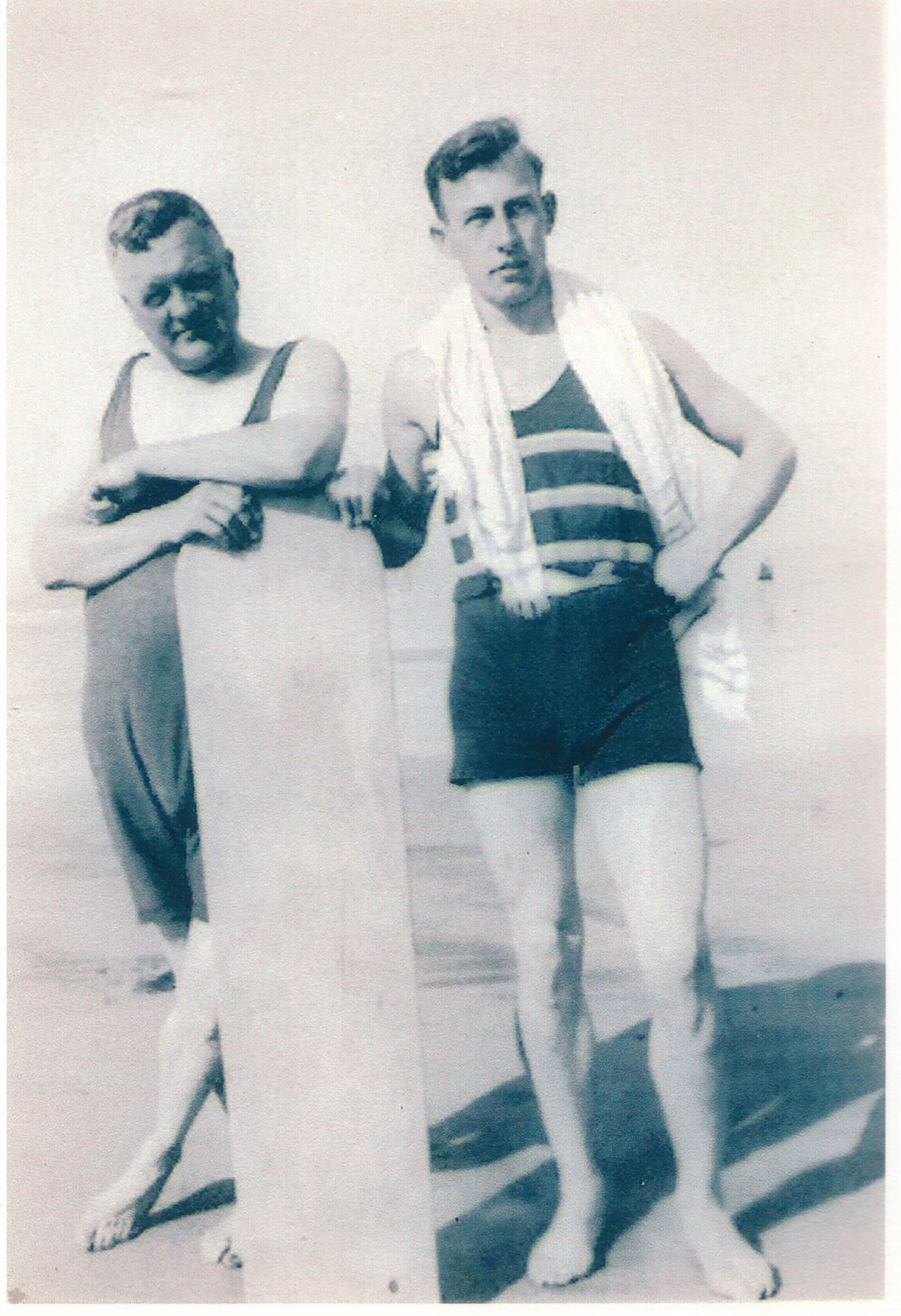
Records of Surfing in North Devon
Surfing took place in North Devon perhaps as early as 1904, but its not yet known how widespread surf bathing was at that time. Hobart Braddick, founder of Braddick's Holiday Centre, is pictured on the beach with his board in what is probably the earliest surfing photo in Britain. (1919 or earlier).
-
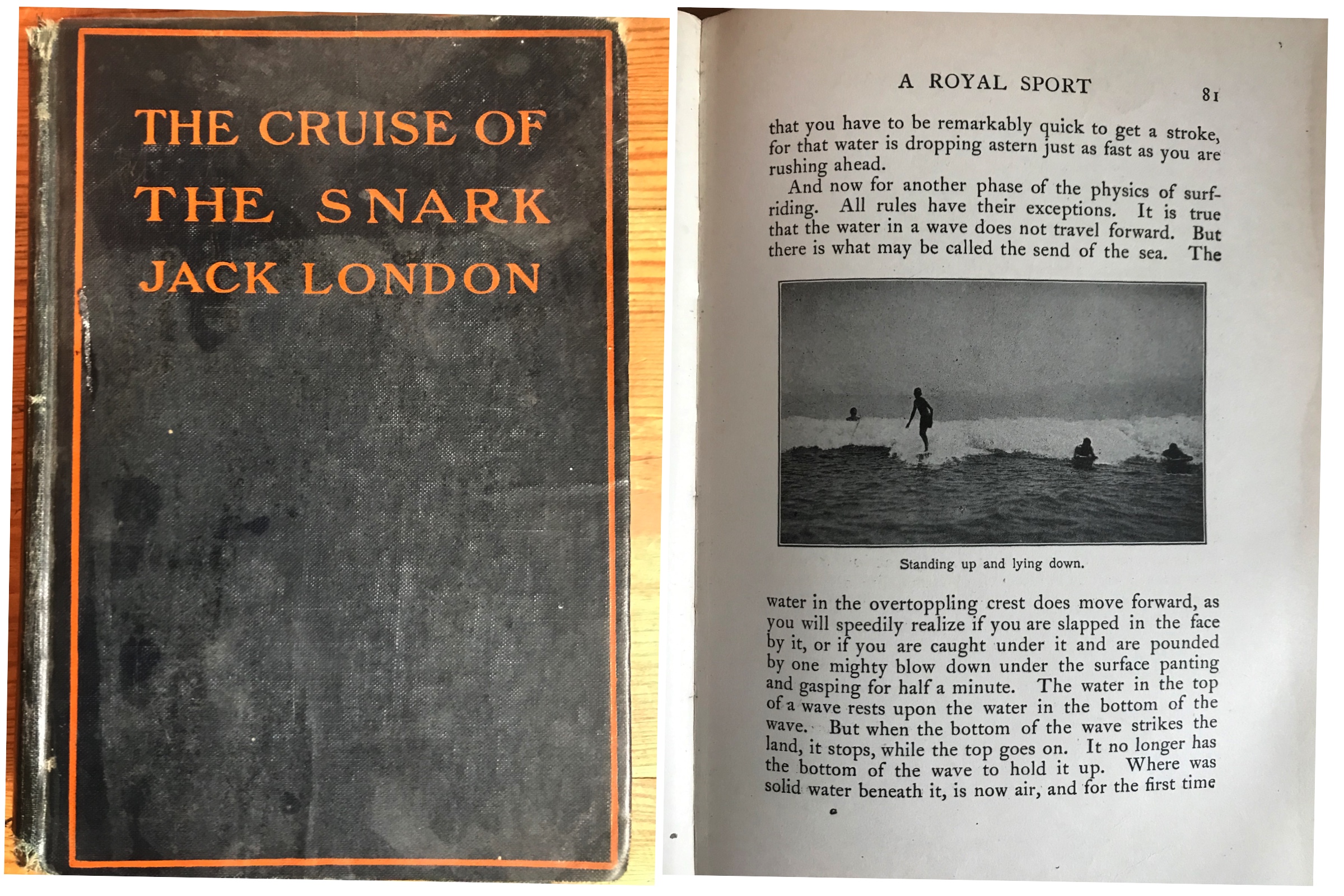
Jack London published his essay “Learning Hawaiian Surfing”
Surfing became known as the ‘Sport of Kings', because throughout its history in Hawaii it was widely practiced by Royalty. It had huge significance in island life, for the ruling families and everyday folk.
The author Jack London later called it 'A Royal Sport' in his essay "Learning Hawaiian Surfing". This is a much more accurate description, because both Kings and Queens surfed. In fact many of the early 'champion' surfers were women. So it follows that one of Britain's early surfers was a member of our Royal family. -
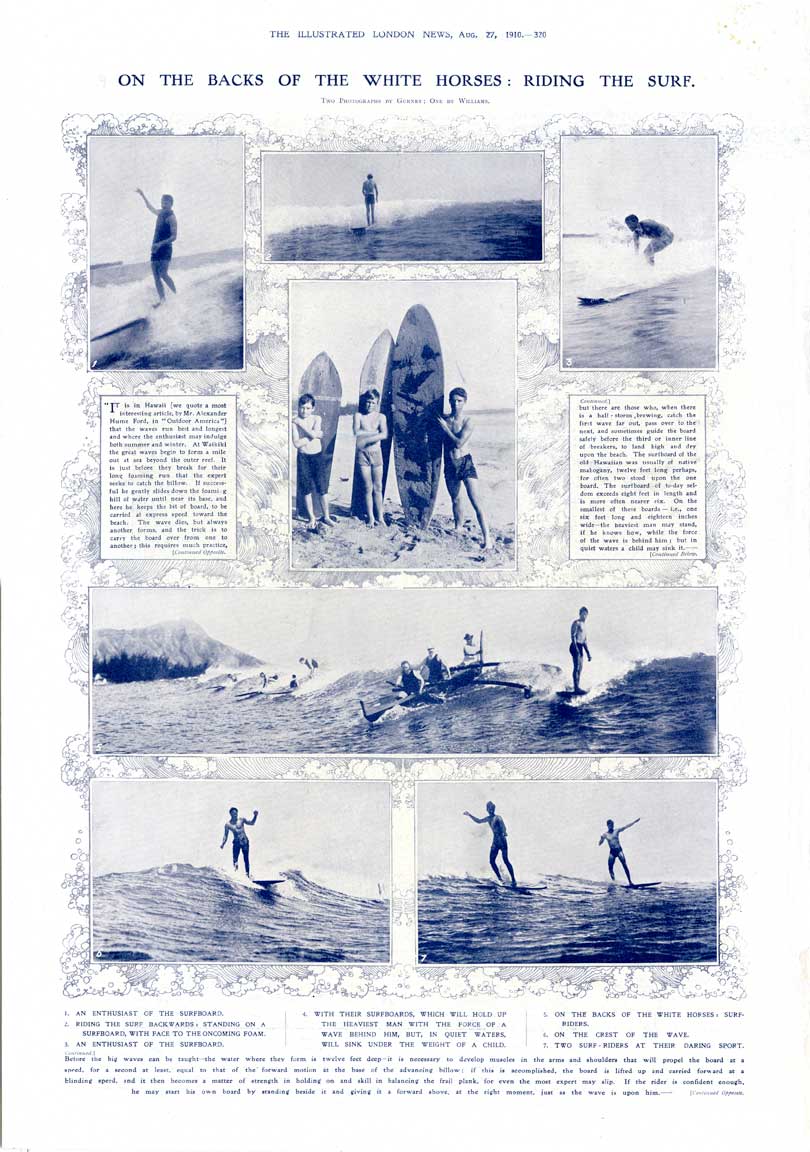
The Illustrated London News featured a picture of surfing
The Illustrated London News featured a picture of surfing on the front cover in 1910. The article alongside this striking image spoke of the surfer being, "ready to stand upon his board while it is in full forward motion - not such a difficult feat after all."
-
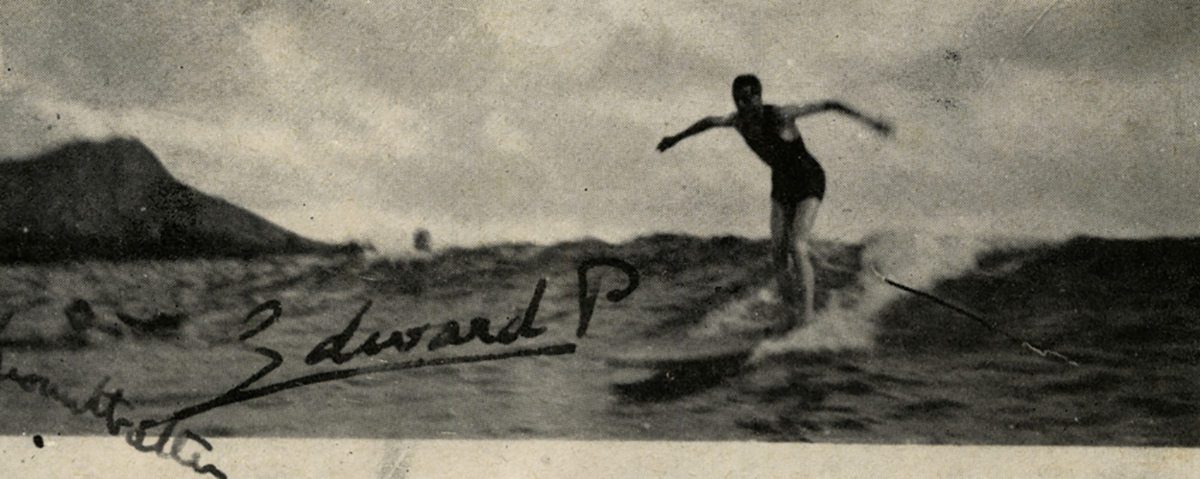
Edward, Prince of Wales, learned to surf at Waikiki Beach
Edward Albert, Prince of Wales, learned to surf on the long, rolling combers of Waikiki beach during a Royal visit to Hawaii in April 1920, and he loved it.
He was taught by the famous beach boy, and the man considered to be the father of modern surfing, Duke Kahanamoku. 'The Duke' inherited his name from his father, who back in 1869 had been named after the Britain's Duke of Edinburgh following an earlier Royal visit to the islands. -
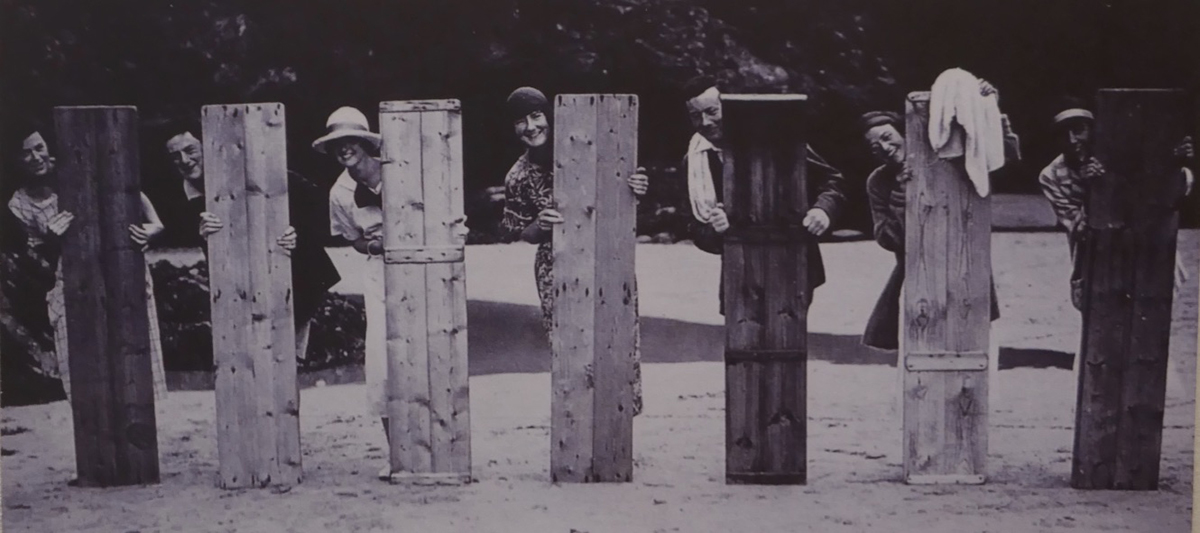
A group of surf riders are pictured on a beach in Cornwall with their primitive boards
A group of surf riders, men and women, are pictured as early as 1920 on a beach in Cornwall with their primitive Boards. They used modified coffin lids about five feet long, made by a Iocal undertaker!
-
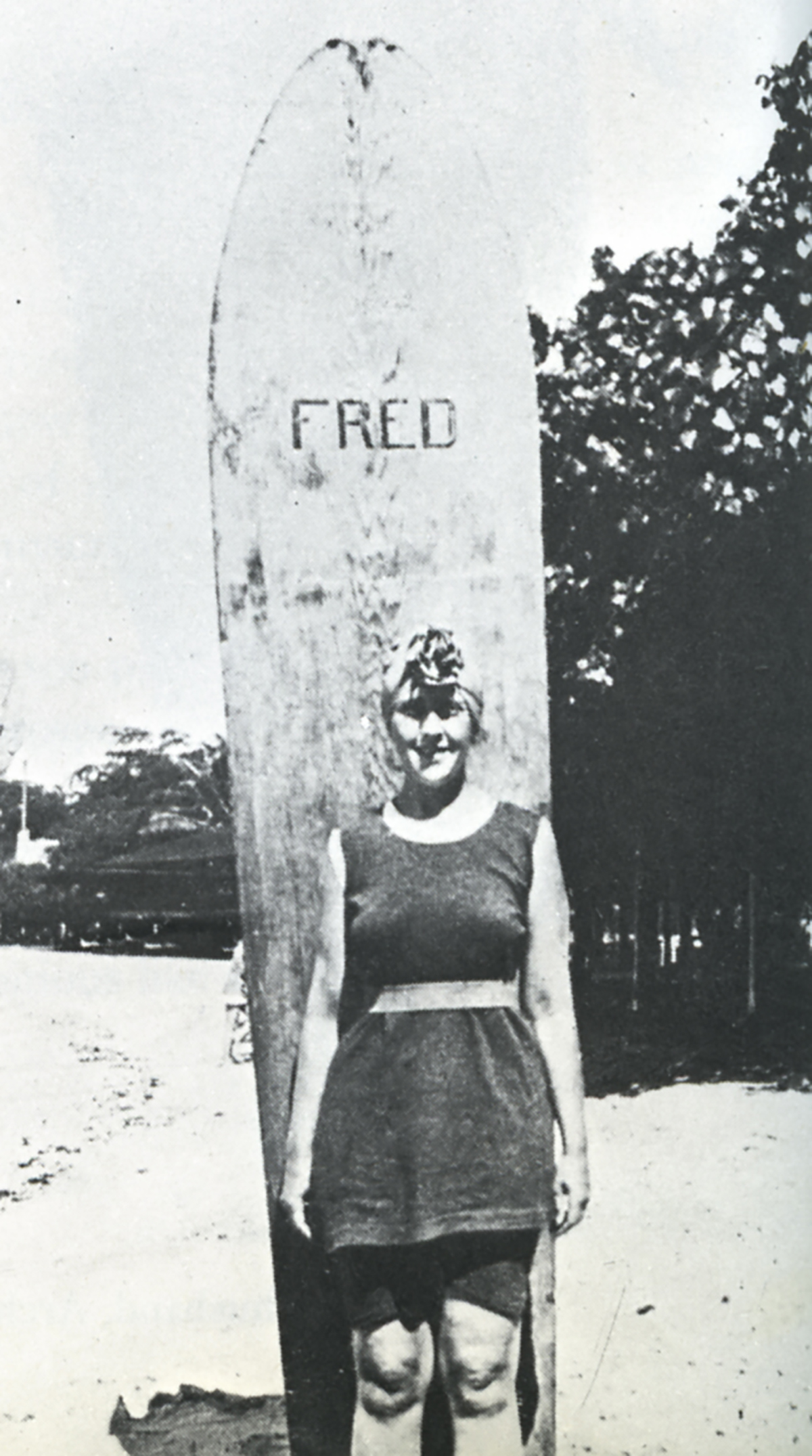
Agatha Christie began riding surfboards standing up at Waikiki
Agatha Christie, doyenne of crime writing and creator of Miss Marple & Hercule Poirot was also one of Britain’s first surf girls!“Oh it was heaven! Nothing like rushing through the water at what seems to you a speed of about two hundred miles an hour. It is one of the most perfect physical pleasures I have known.”This is how Agatha described her experience as a surf-stoked young woman after gliding to shore standing on her surfboard, 89 years ago.
-
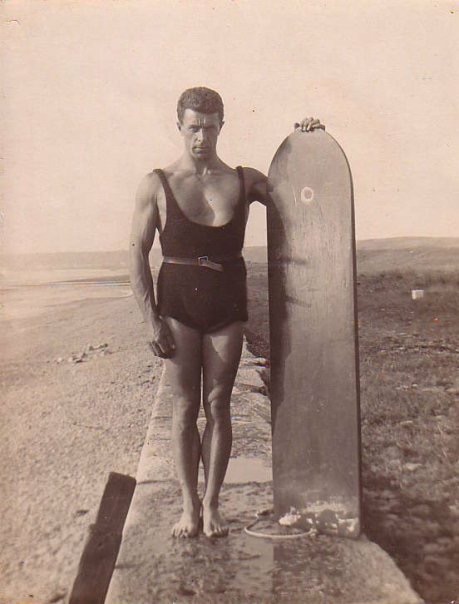
Britain’s first surf club formed by Nigel Oxenden
Nigel Oxenden from the Channel Islands was one who got the bug for surfing. He travelled to Hawaii, South Attica and Australia after the Great War. He formed Britain's first surf club in 1923 - the Island Surf Club of Jersey and could possibly be the first person to be photographed using a leash.
-
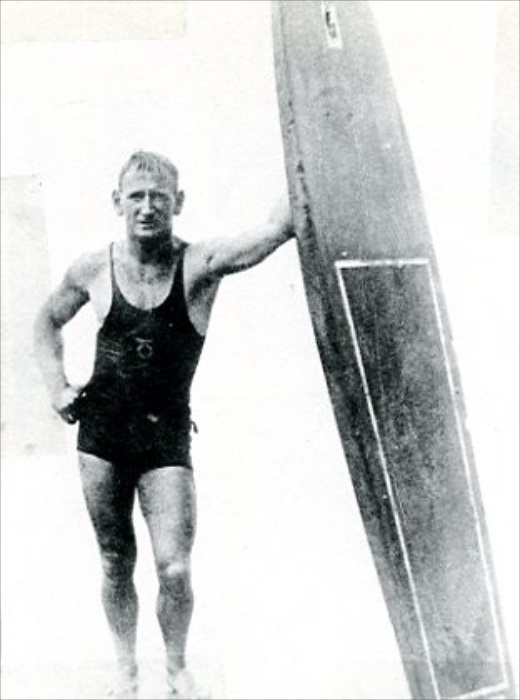
Australian surfing champion Charles ‘Snowy’ McAlister gave a surfing demonstration on a beach in Cornwall
In the Channel Islands and on mainland Britain for some strange reason the majority of beach-goers felt the waves weren’t suited to stand-up surfing like that practiced by the Hawaiians.
Australian surfing champion Charles 'Snowy' McAlister proved them wrong when he gave a stunning demonstration on a beach in Cornwall in 1928. He was on his way back home after the Olympics in Amsterdam when he stopped off in Britain for a surf. -
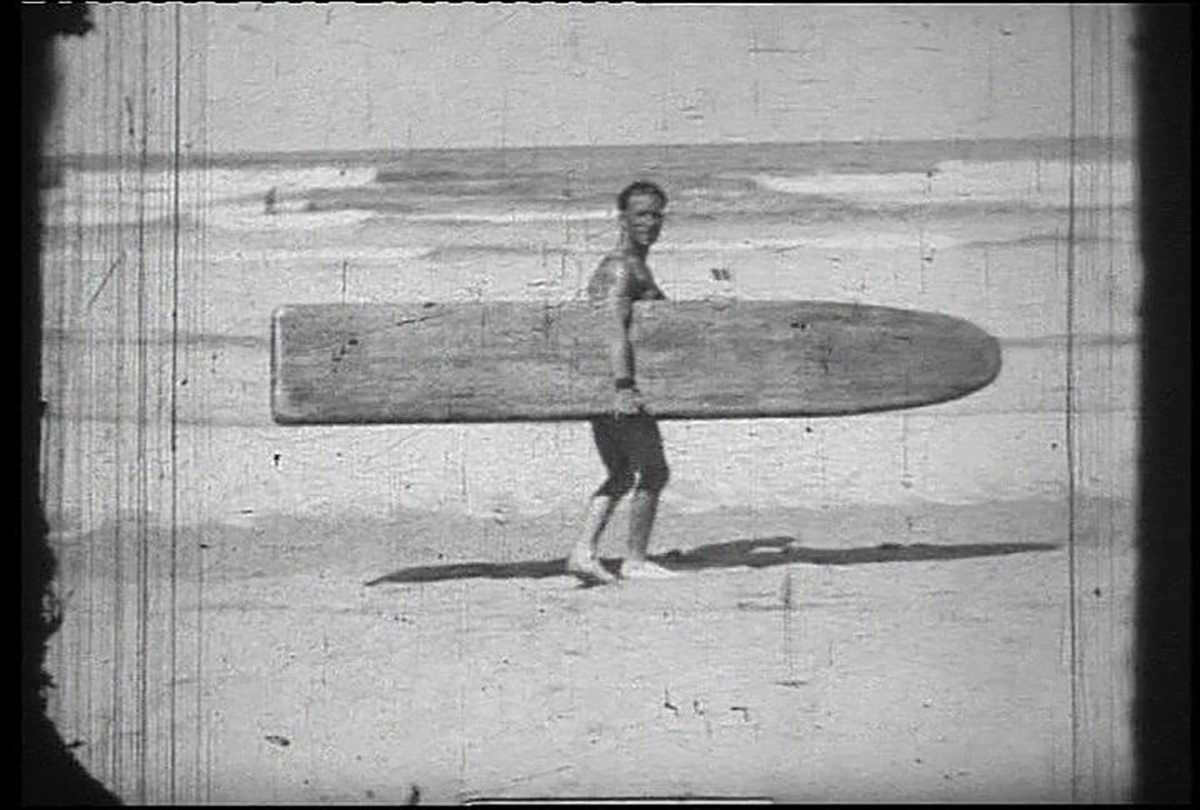
Lewis Rosenberg builds a wooden board and records the earliest known film of an attempt at stand up surfing in Britain
Lewis Rosenberg builds a wooden board and records the earliest known film of an attempt at stand up surfing in Britain in c1929. Lewis Rosenberg and his chums had seen a (Australian or Hawaiian) newsreel of surfers standing on their boards riding in on the waves. They were already bellyboarding, but Lewis being an inventive chap thought he could give it a go. They took the 8 foot solid board - possibly made from balsa - wrapped it in a sheet and took the train to Newquay. They filmed themselves learning to surf on it.
-
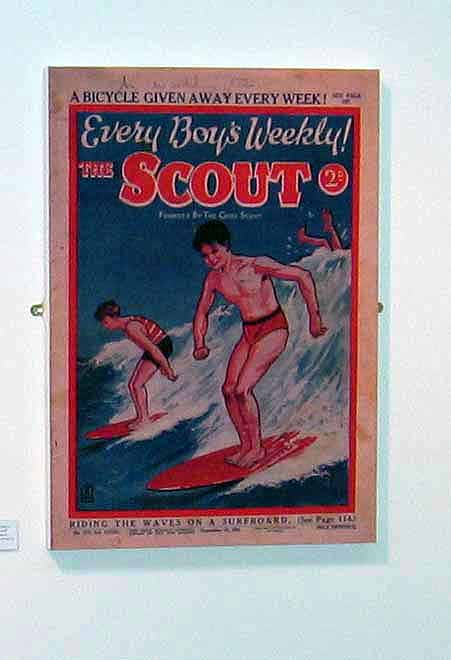
Britain’s weekly magazine for the Scout movement showed boys surfing standing up on the front cover
As early as 1932 Britain's weekly magazine for the massive Scout movement showed boys surfing standing up on the front cover "Surf riding is fine fun," children were told.
-
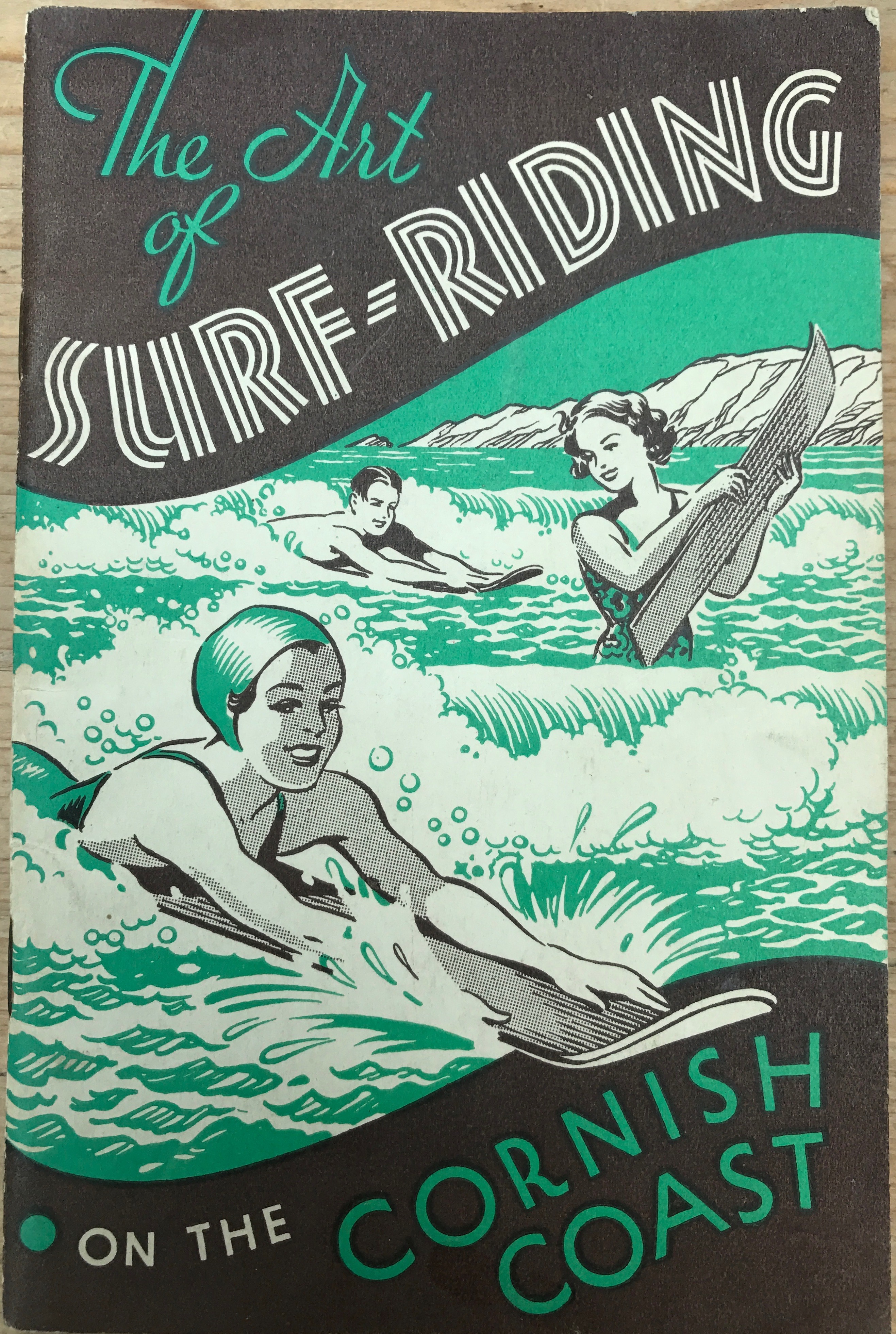
The Art of Surf Riding” by Ronald Funnell is published
In 1934 the first ever full guide to surf riding in Britain was published for the growing band of people who enjoyed this "refreshing sport.' Boards evolved into smooth plywood planks around four feet long with an upturned nose to stop them pearling in the white-water where they were most commonly used.
The Art of Surf Riding" by Ronald Funnell was a full-on surf book, telling readers how to ride waves (lying down), and where the best surfing beaches in Britain were. Adverts from 1934 tourist guidebooks state that you would get a free copy of the instructional booklet when you bought your Crest surf-riding board. -
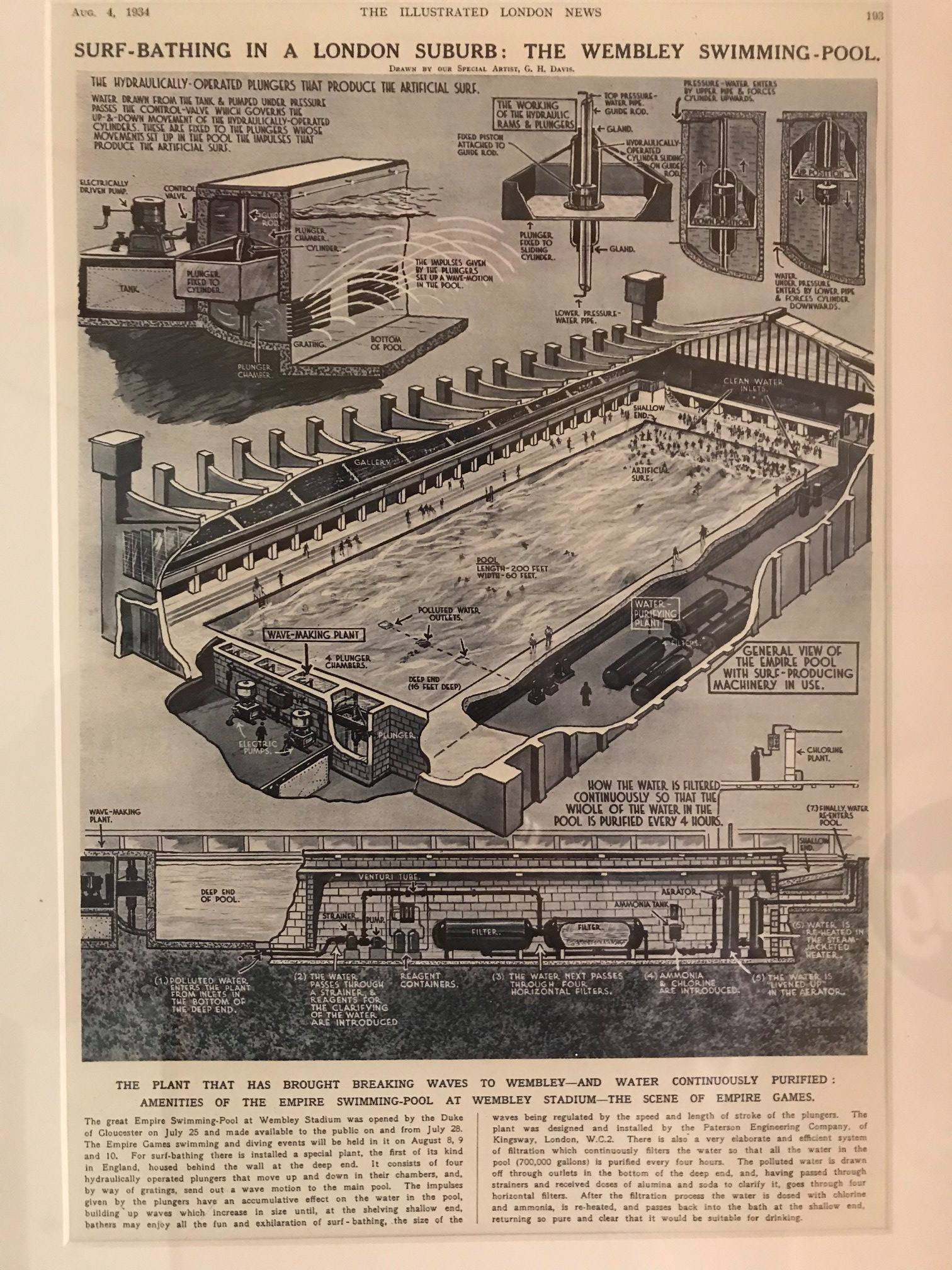
The country’s first wave pool for surfing was opened.
The same year the country's first wave pool for surfing was opened! As unbelievable as it may seem the Duke of Gloucester cut the ribbon on the Empire swimming pool at Wembley (London) on July 25th 1934.
In the mid 1930s coastal towns like Newquay in Cornwall and Woolacombe in Devon were marketing themselves as surfing destinations, using images of surfing (mostly women) on the covers of guidebooks. -
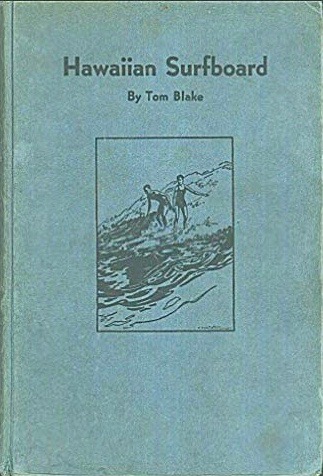
Tom Blake wrote in his historic book Hawaiian Surfboard that, ‘a chap from England expects to try to swim the English Channel on a hollow board.”
In 1935 Tom Blake (the inventor of the hollow wooden surfboard and the fin) wrote in his historic book Hawaiian Surfboard that, 'a chap from England expects to try to swim the English Channel on a hollow board." Blake based his boards partly on the design of ancient Hawaiian olo longboards, and on the hull of English racing boats.
-
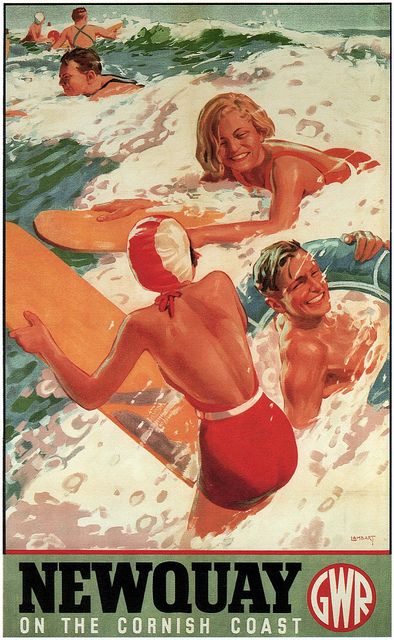
Railway companies used surfing images to advertise holidays
The railway companies cashed in - also using images on posters advertising holidays in the west Country as early as 1937.
